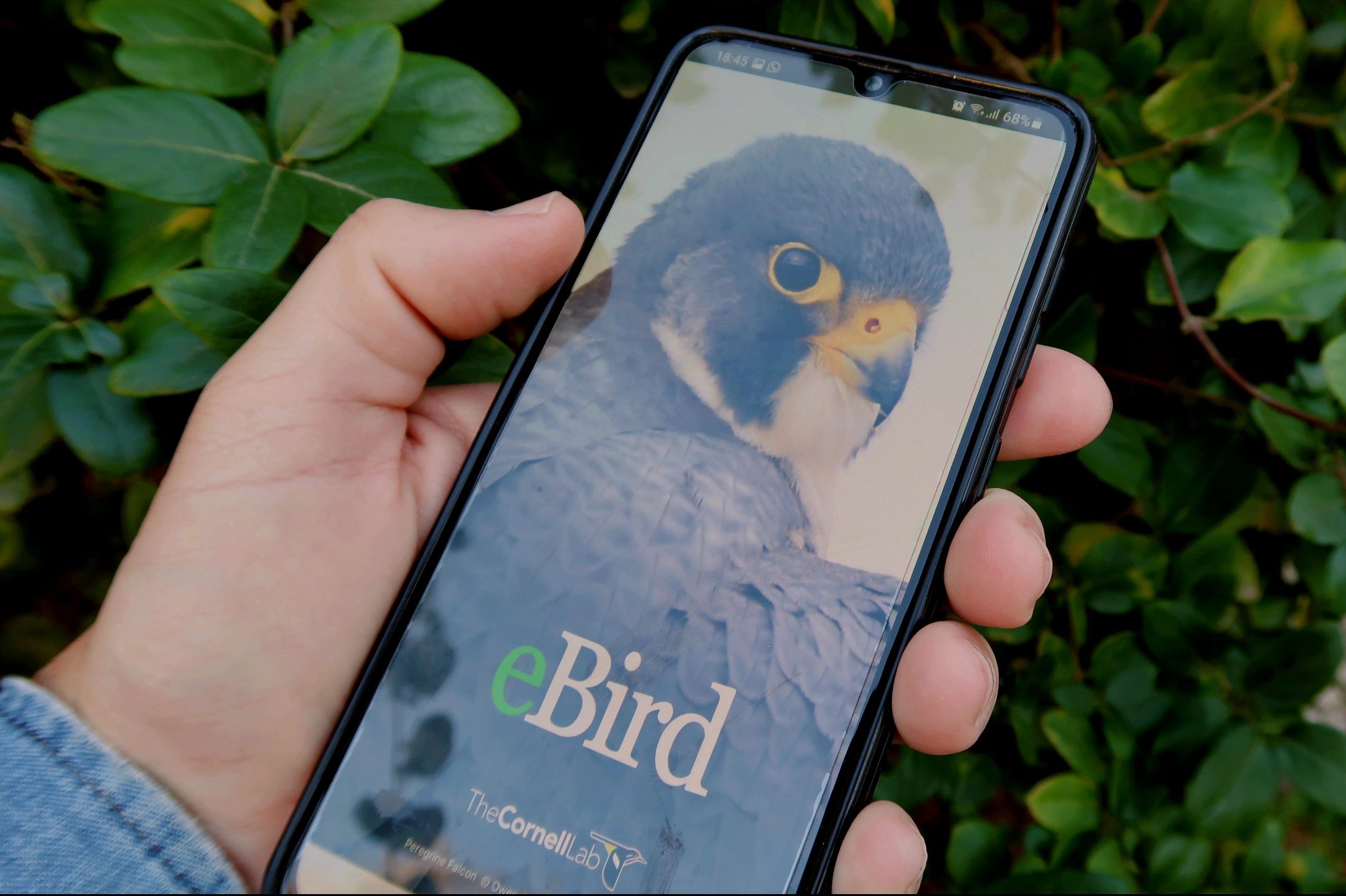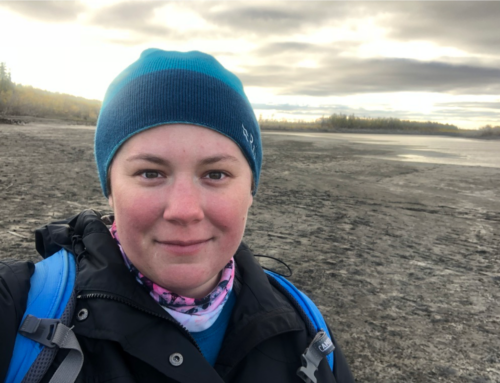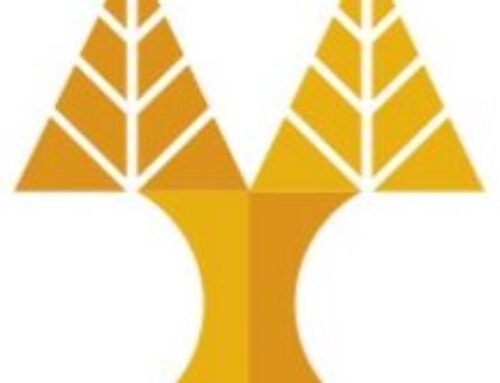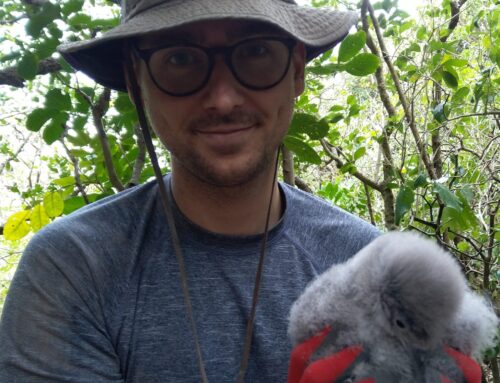The special issue of Frontiers of Biogeography on “Community Science Biogeography” seeks contributions that provide new perspectives, case studies, critical evaluations and quantitative analyses that explore the potential of community/general public -derived data to address biogeographical questions and themes.
The window for submissions will be from 1 Oct 2021 to 31 July 2022. Articles are published on acceptance and our target is to compile the special issue towards the end of 2022/early 2023.
Send proposals/requests for further information to Robert J. Whittaker (robert.whittaker@nullouce.ox.ac.uk).
………………………………………………………………………………………………………………………………………………………..
Biogeographers have rarely used data collected by non-scientists (the general public/community members). This situation is changing rapidly, driven by revolutionary changes in how people (intentionally and unintentionally) record their interactions with the natural world. Specifically, the latest generation of mobile naturalist apps such as eBird and iNaturalist are generating enormous quantities of high quality, contextualized biogeographical data at regional and global scales (e.g., La Sorte & Somveille 2021).
The data from these powerful digital platforms are carefully curated and typically freely available. Biogeographers are also discovering a wealth of incidental data that, with appropriate tools and methods, can be generated from the images and text that the broader community contributes to websites, social media, and file-sharing platforms. Such analysis has given rise to two new sub-disciplines:
- Conservation Culturomics, concerned with the study of human-nature interactions based on the quantitative analysis of digital corpora (Ladle et al. 2016), and;
- iEcology, that seeks to quantify patterns and processes in the natural world using data accumulated in digital sources collected for other purposes (Jaric et al. 2020).
The active (through mobile naturalist apps) and passive (through conservation culturomics and iEcology) crowd-sourcing of biogeographic data by the public has the potential to fill biodiversity shortfalls, accelerate the search for rare and lost species, promote the general public’s engagement with science and conservation, and provide exciting new opportunities for biogeographers to test new ideas and engage in interdisciplinary research.
Frontiers of Biogeography is a Diamond Open Access journal and is financially supported by the International Biogeography Society, a not-for-profit scientific society registered in the USA. On article acceptance, authors are sent an invoice for $300 (or $150 for IBS members) towards article processing costs. It is expected that those authors who have grants available to pay for publication charges will do so, but waivers are granted on request. Authors who do not have access to funding towards publication charges may therefore submit papers in the knowledge that they will not have to pay anything.
Instructions for authors, ethics policies, editorial board information, in press articles, compiled issues and the manuscript submission site are to be found at:
https://escholarship.org/uc/fb/authorinformation
Commissioning editors for the special issue: Richard J. Ladle, Frank La Sorte, and Robert J. Whittaker
References
Ladle, Richard J., et al. (2016) “Conservation culturomics.” Frontiers in Ecology and the Environment 14, 269-275.
La Sorte, F. A. & Somveille, M. (2021) The island biogeography of the eBird citizen‐science programme. Journal of Biogeography, 48, 628-638.
Jarić, I., et al. (2020) iEcology: harnessing large online resources to generate ecological insights. Trends in Ecology & Evolution, 35, 630-639.







